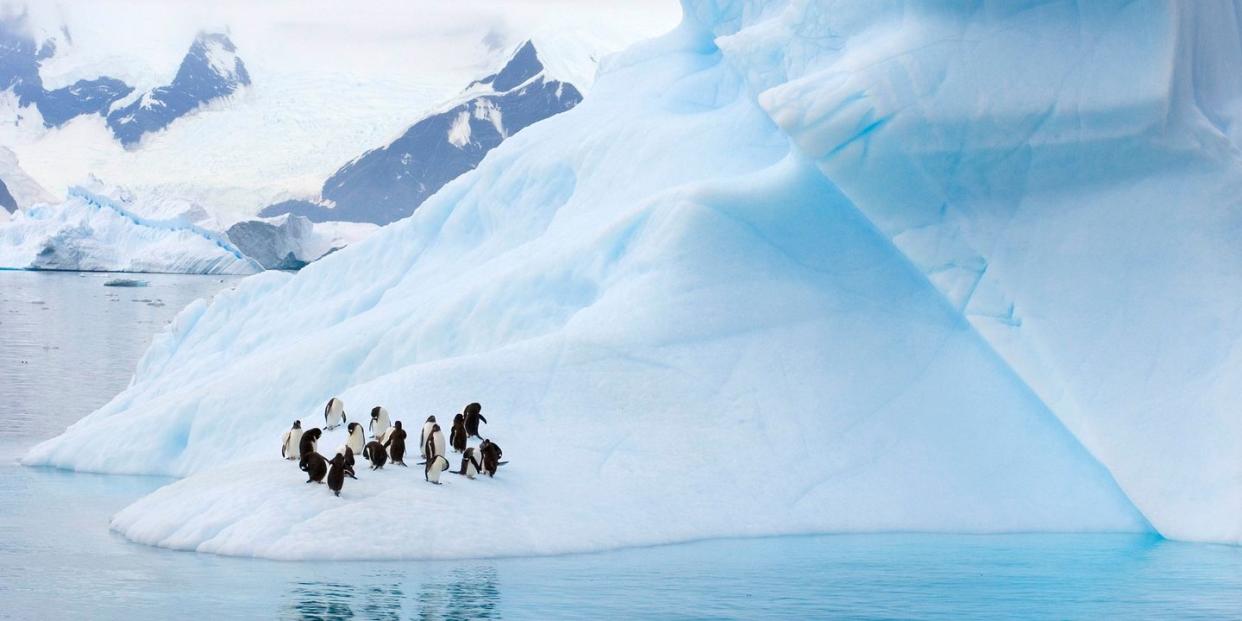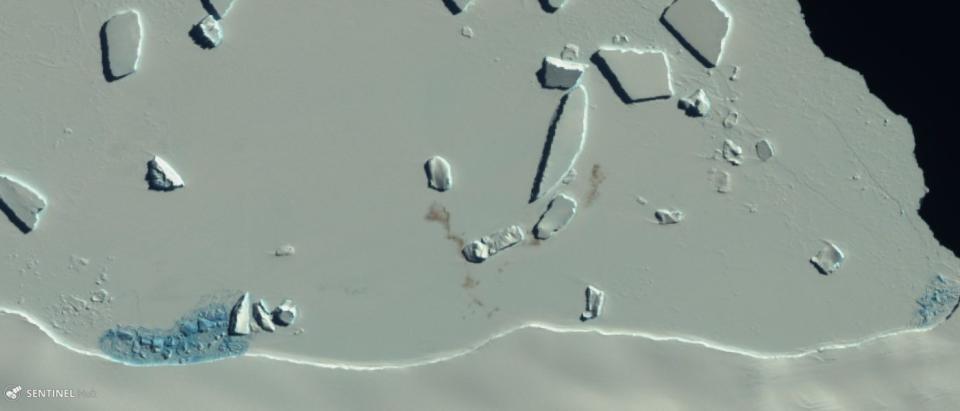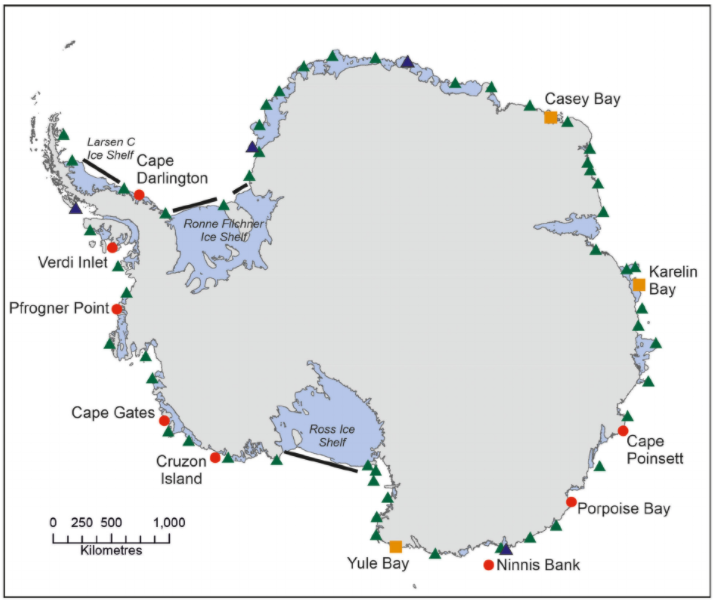Scientists Just Discovered 11 New Penguin Colonies (From Space!)

Using satellite imagery, researchers from the British Antarctic Survey (BAS) discovered 11 new Emperor penguin colonies.
That brings the total number of Emperor penguin colonies in Antarctica to 61.
The team published its results in the journal Remote Sensing in Ecology and Conservation.
What could possibly be better than the Emperor penguin, a black-tie wearing, badass bird? How about emperor penguins seen from space?
Researchers at the British Antarctic Survey (BAS) located 11 new colonies of the magnificent flightless birds through satellite images from the European Commission's Copernicus Sentinel-2. Scientists previously identified three of those colonies—but hadn't yet confirmed their existence—while the other eight groups were a total revelation.
Dive deeper. ➡ Read best-in-class science, tech, and space features, and get unlimited access to Pop Mech , starting now.
That brings the total number of Emperor Penguin colonies in Antarctica up to 61, the researchers say in their new paper, published in the journal Remote Sensing in Ecology and Conservation. That's both good and bad news.
"This represents an increase of ~20 percent in the number of breeding sites, but, as most of the colonies appear to be small, they may only increase the total population by around five to 10 percent," they say in the paper's abstract. That humble increase in colonies brings the total number of breeding pairs up to 278,500, or just about 557 million penguins.

Still, the breakthrough is significant because it represents a technological step forward in the identification of new Emperor breeding sites. Typically, scientists with the BAS, a U.K.-based research center devoted to the Polar regions, search for new colonies by looking for guano stains (read: poop) on the ice. This has been the case for the last 10 years.
Even then, locating the birds can be arduous for scientists, not only because the temperatures at the breeding sites are as low as -58 degrees Fahrenheit, but also because the locations are along remote patches of sea ice, which are often inaccessible.
Because Emperors favor breeding habitats situated near carpets of sea ice, the new colonies are especially vulnerable to rising temperatures as a result of climate change.

"Whilst it's good news that we've found these new colonies, the breeding sites are all in locations where recent model projections suggest emperors will decline," Phil Trathan, head of conservation biology at BAS, said in a prepared statement. "Birds in these sites are therefore probably the 'canaries in the coalmine'—we need to watch these sites carefully as climate change will affect this region."
You Might Also Like

